CARIBBEAN REEF SQUID: SUPERPOWERS & SQUID SEX
The Caribbean reef squid Sepioteuthis sepioidea is a small squid species of (mainly) the Caribbean Sea and the Floridian coast, and the most common in its range. These squid tend to form small shoals in and around reefs. From now on, and through the summer, would be a good time to investigate.

Squid are voracious eaters, dragging their prey to their mouths with some or all of their 10 limbs and using their beak to cut it up. The target species are small fish, molluscs and crustaceans. The squid have a ‘raspy tongue’ known as a radula which further breaks up the food for easy consumption.
REEF SQUID SUPERPOWERS (SUPERCOOL)
- Squid are capable of brief flight out of the water (a fairly recent discovery)
- They can also hide from / confuse predators by ejecting a cloud of black ink
- Squid can change colour, texture and shape, and can even match their surroundings
- This enviable power is used defensively as camouflage or to appear larger if threatened
- It is also used in courtship rituals (something that humans might find disconcerting)
- Colour patterns are also used for routine squid-to-squid communication AND GET THIS:
- A squid can send a message to another on one side, & a different message to a squid on its other side
SQUID SEX (1) “ROMANCING THE SQUID”
- A male will gently stroke a female with his tentacles
- The female will (most likely) flash an ‘alarm’ pattern. She’s playing hard to get.
- The male soothes her (don’t try this at home, guys) by blowing and jetting water at her
- If this doesn’t go well, he’ll move off, then repeat the routine until she sees his good points
- However this on / off courtship can last for hours until at last he succeeds and then…
- … he attaches a sticky packet of sperm onto the female’s body (romance is not dead on the reef)
- She then reaches for it and moves it to her seminal receptacle
- Meanwhile he stays close, emitting a pulsing pattern, as well he might after all that palaver
- She then finds a safe place to lay her eggs. Job done. **
SQUID SEX (2) IT ALL ENDS BADLY. VERY BADLY.
- As soon the female squid has laid her eggs, she usually dies soon after
- Male squid live a bit longer and – erm – may have other packets to stick on other lady squid
- But then in the end he dies too
- It’s all horribly reminiscent of Romeo and Juliet. The lovers tragically die in the end (but there’s no romantic balcony scene first)
THE CORRECT PLURAL OF SQUID
I had an unwise look online, always a hotbed of conflicting opinions. Inserting an algorithm into the interstices of the internet proves conclusively that the plural of squid is… squid. One squid, ten squid, a group of squid, a plate of squid. Unless, that is, you are talking about more than one of the many squid species, when you could possibly say ‘I collect both reef and giant squids’. “Squidses” sounds fun but is sadly not permitted.
RELATED POST (from the past): THE PLURAL OF OCTOPUS
** For an excellent article about squid including the intricate details of courtship and reproduction (and an image of a squid penis) check out SQUID WIKI
Credits: Fabulous underwater pics – Melinda Riger of Grand Bahama Scuba; research sources include MarineBio; Animal Diversity Web (Michigan Uni); and Wiki, which comes into its own in some fields of natural history where experts write the entry)












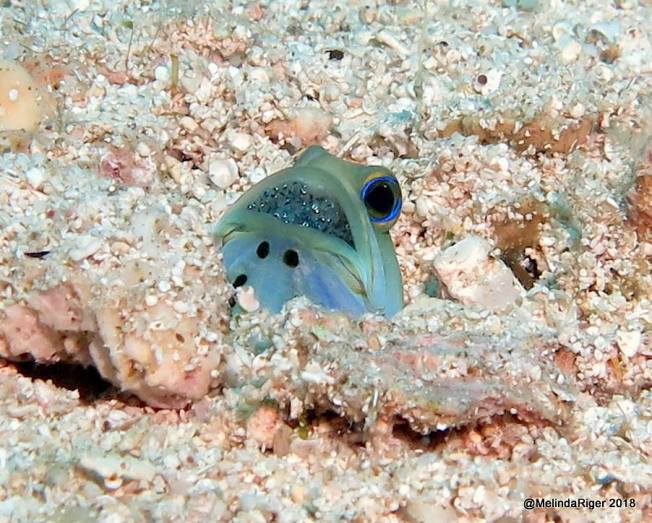






















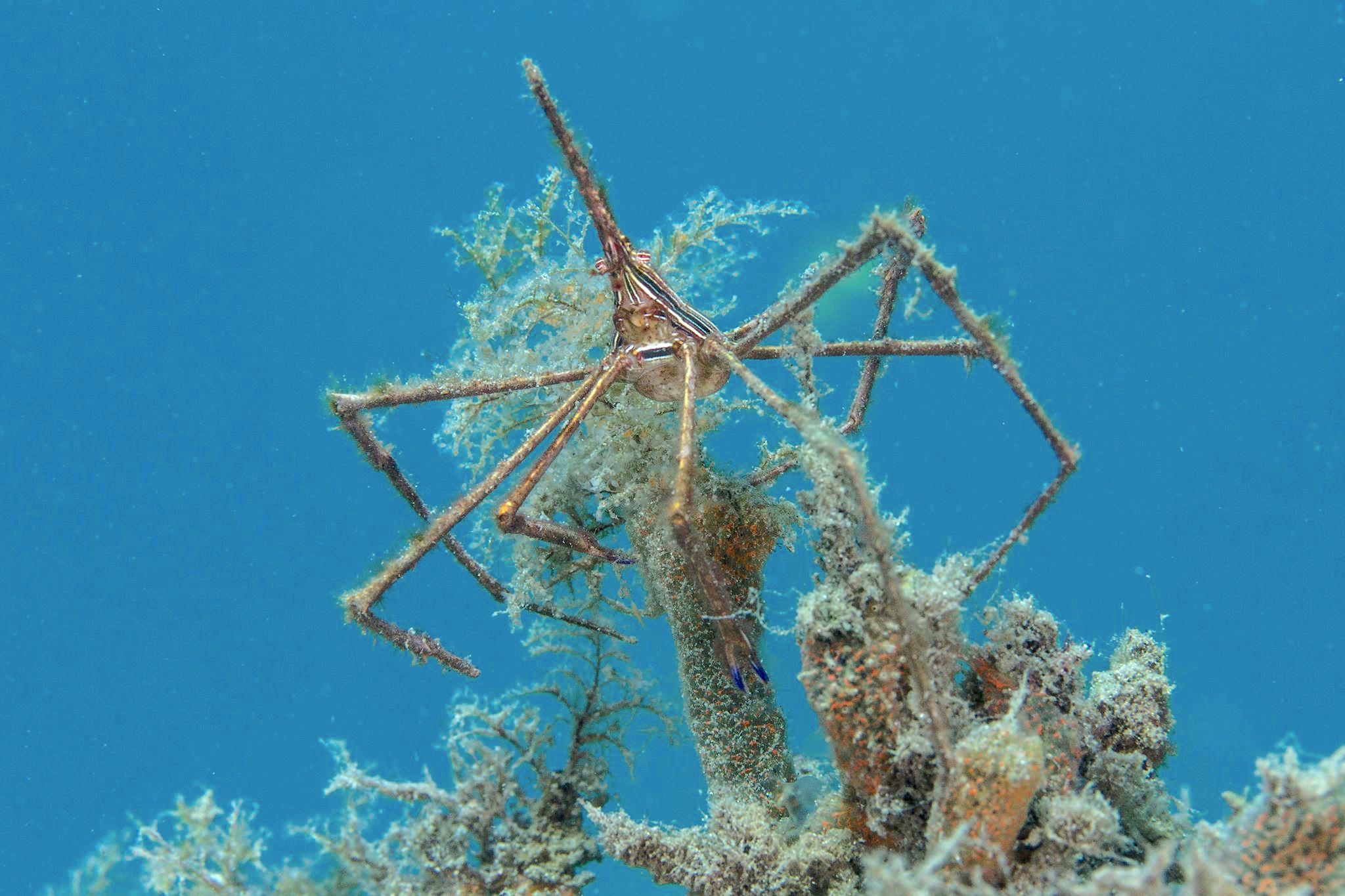

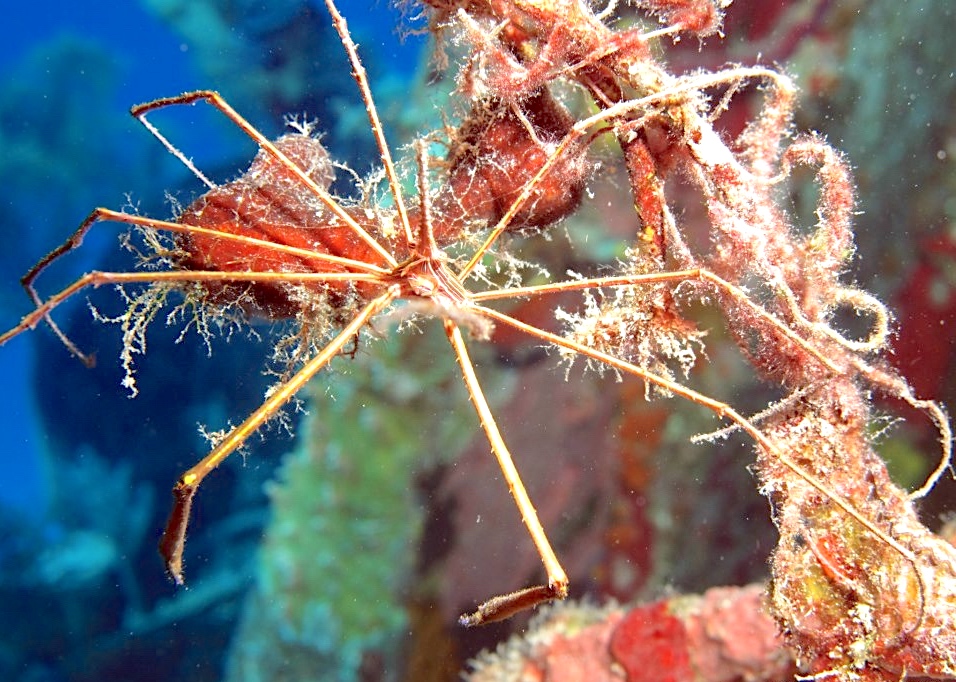



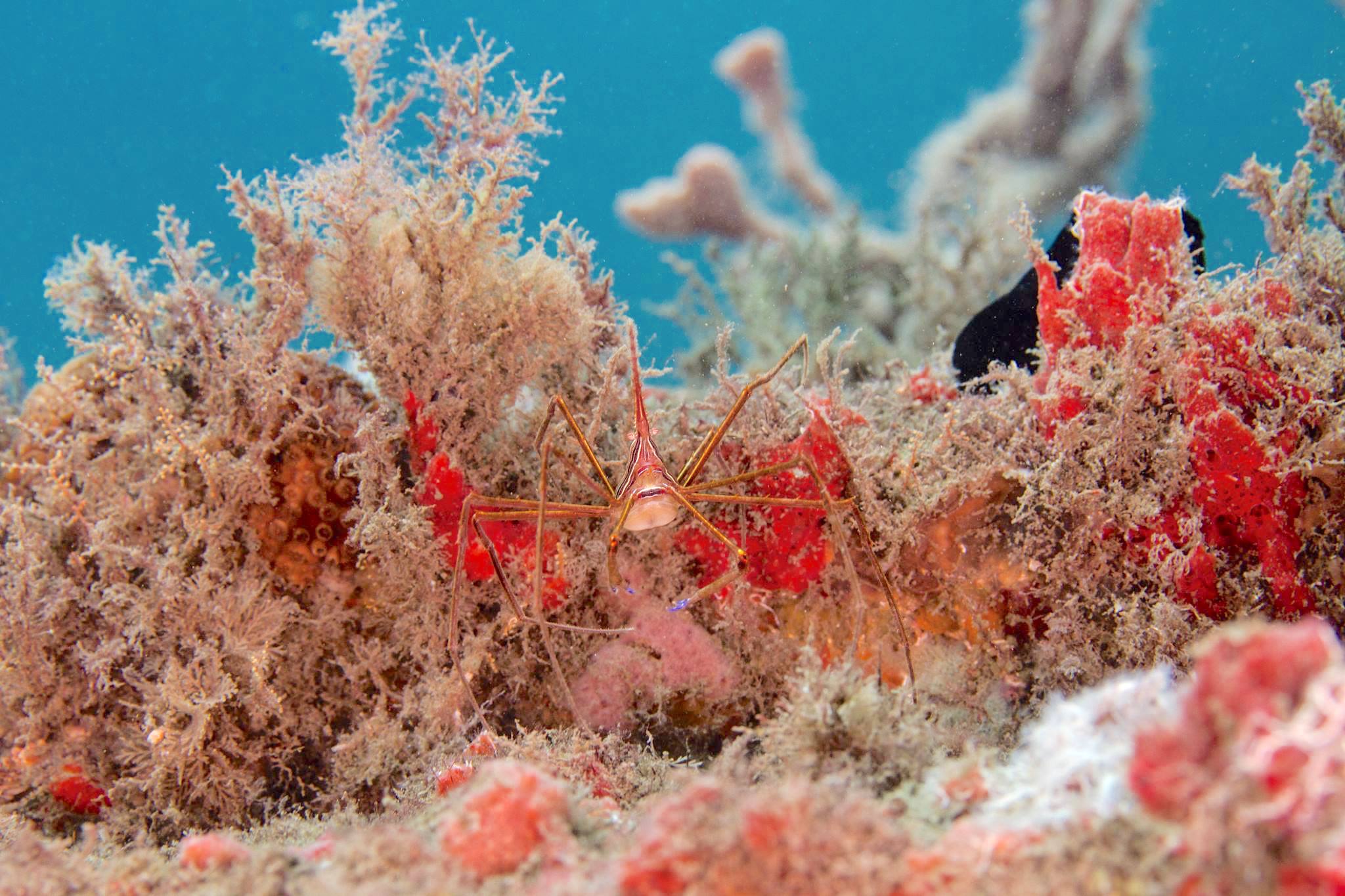















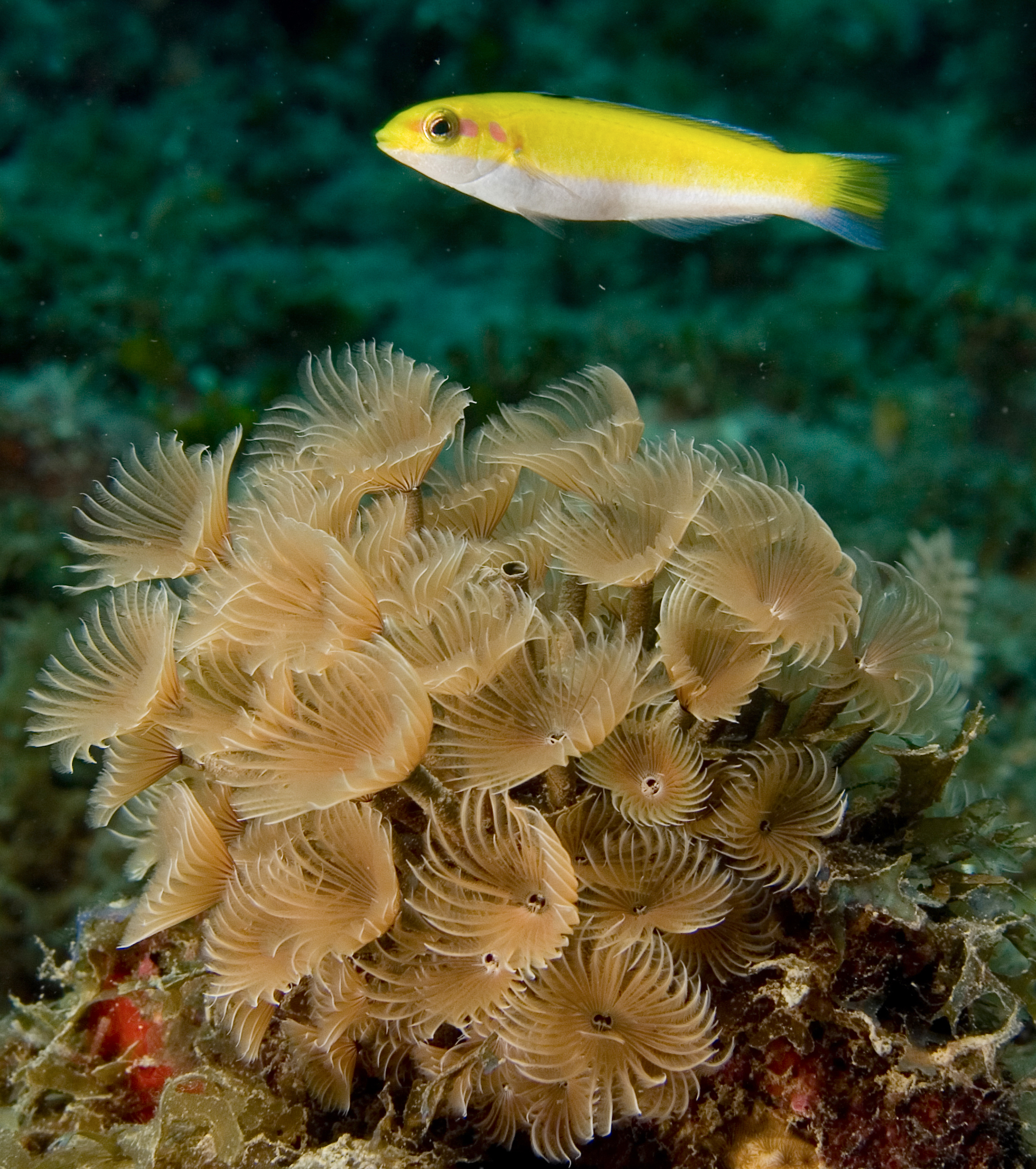
















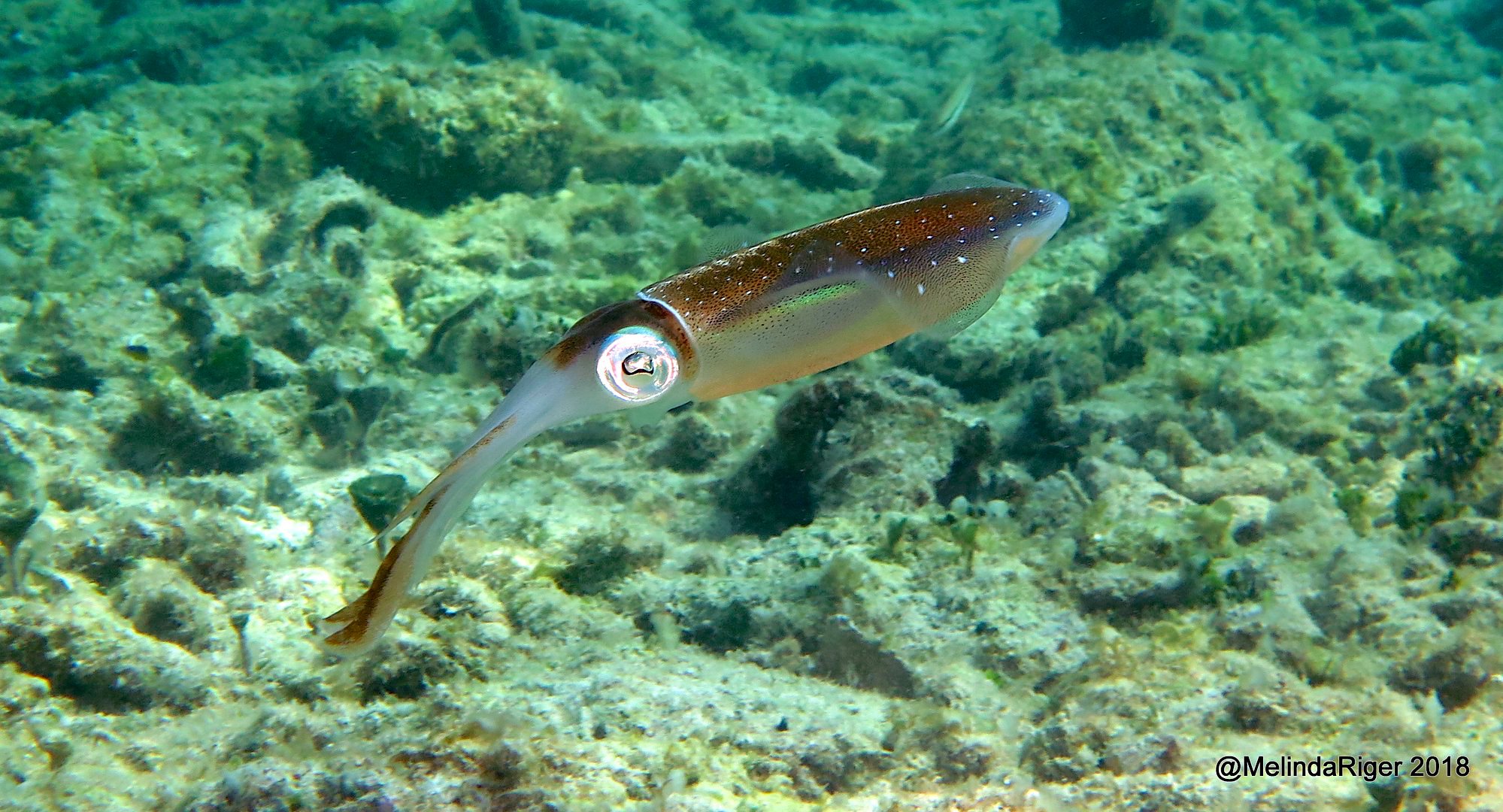












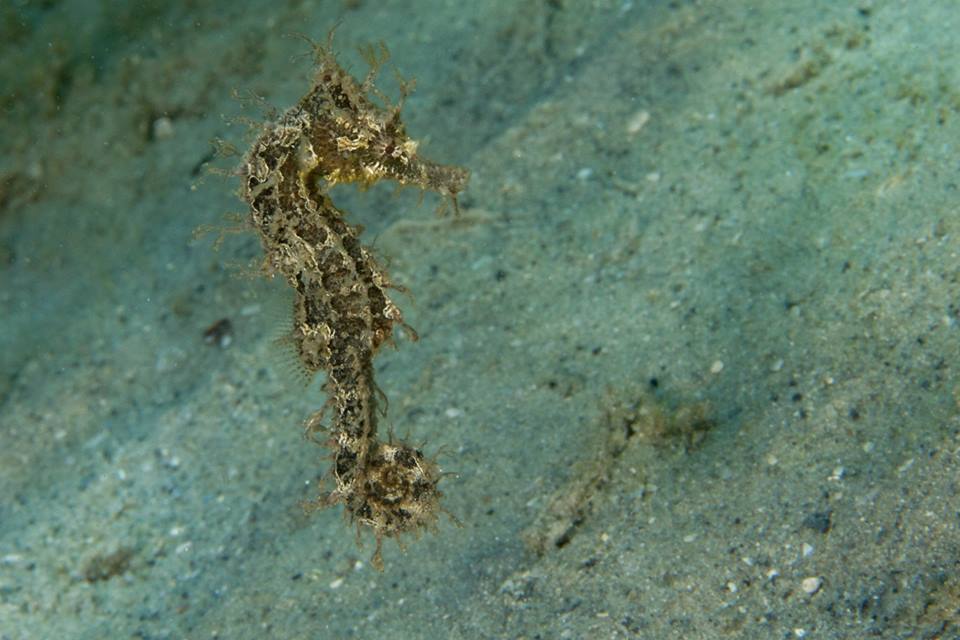




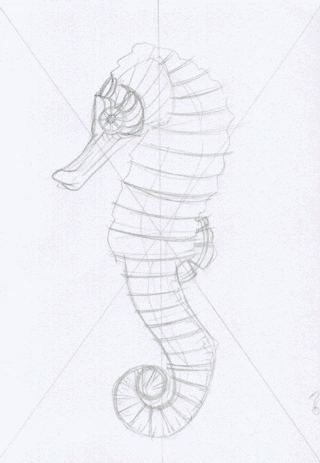































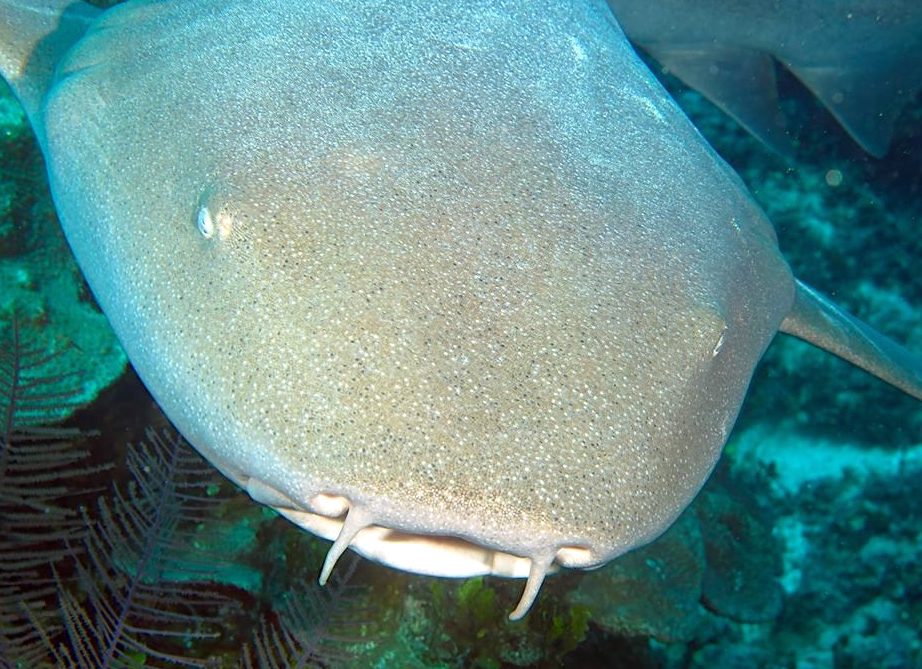





















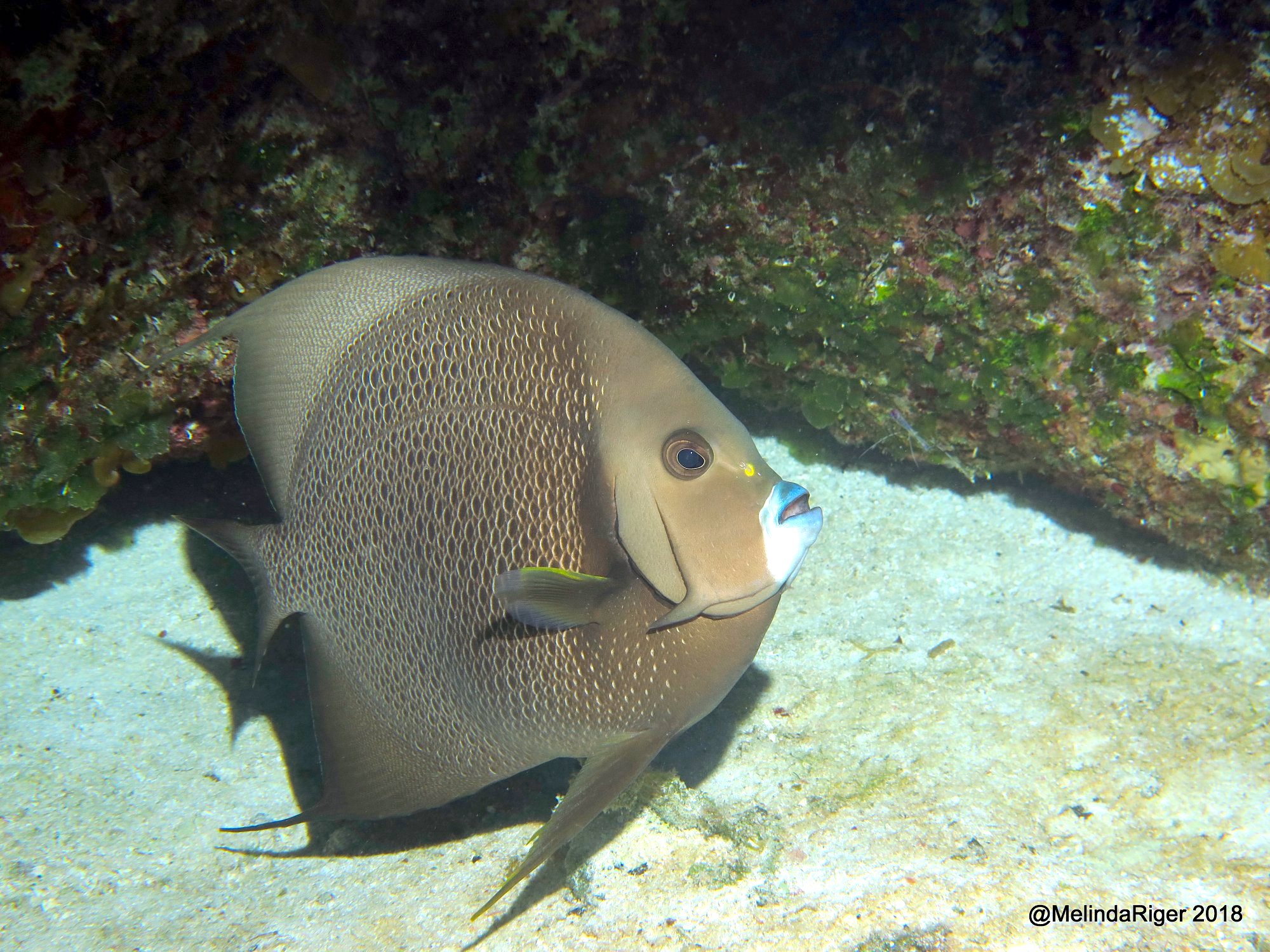



You must be logged in to post a comment.